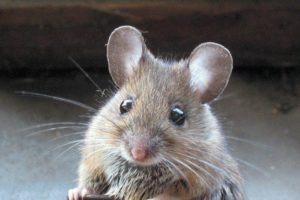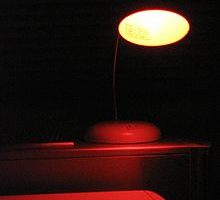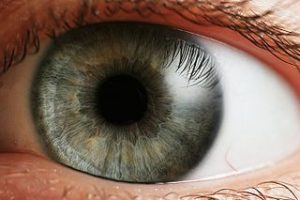salk institute for biological studies
Scientists discover genetic switch that increases muscle blood supply
Many people suffer from a devastating condition known as critical limb ischemia (CLI) that can lead to muscle wasting and even amputation. The disease is linked to the blockage of blood flow to the skeletal muscle and current treatment option…
Conversion of brain tumor cells into blood vessels thwarts treatment efforts
LA JOLLA, CA–Glioblastoma, the most common and lethal form of brain cancer and the disease that killed Massachusetts Senator Ted Kennedy, resists nearly all treatment efforts, even when attacked simultaneously on several fronts. One explana…
Compound derived from curry spice is neuroprotective against stroke and traumatic brain injury
LA JOLLA, CA–A synthetic derivative of the curry spice turmeric, made by scientists at the Salk Institute for Biological Studies, dramatically improves the behavioral and molecular deficits seen in animal models of ischemic stroke and traumatic bra…
Plant clock gene also works in human cells
A gene that controls part of the ‘tick tock’ in a plant’s circadian clock has been identified by UC Davis researchers. And not only is the plant gene very similar to one in humans, but the human gene can work in plant cells — and vice versa. The re…
Biologists discover biochemical link between biological clock and diabetes
Biologists have found that a key protein that regulates the biological clocks of mammals also regulates glucose production in the liver and that altering the levels of this protein can improve the health of diabetic mice.
Their discovery, detailed…
Fly mutation suggests link to human brain disease
Greater insight into human brain disease may emerge from studies of a new genetic mutation that causes adult fruit flies to develop symptoms akin to Alzheimer’s disease. “This is the first fruit fly mutant to show some of the outward, physical manifestations common to certain major human neurodegenerative diseases,” said principal investigator Michael McKeown, a biology professor at Brown University. A research team found the mutation in a gene they named “blue cheese.”




